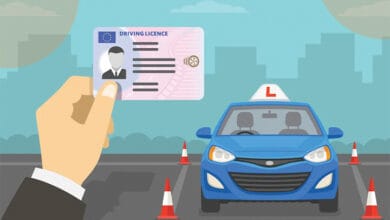Transportation in UAE: Complete Guide to Modern Travel & Connectivity
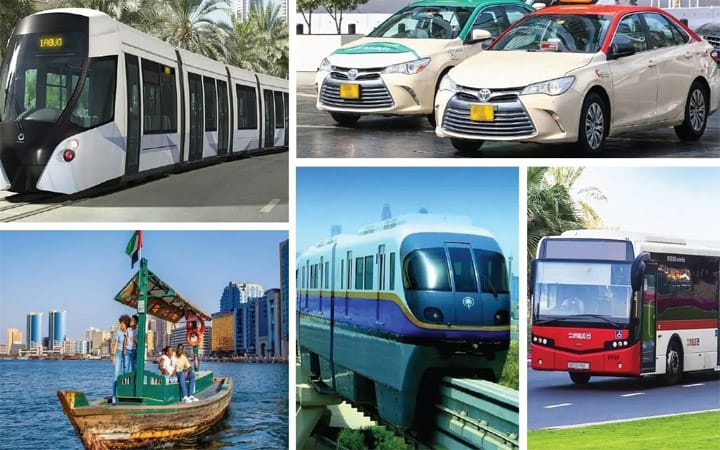
The UAE has some of the most sophisticated transportation systems in the world, which reflects its dedication to sustainability, innovation, and modern infrastructure. The UAE has established itself as a global leader in connectivity, with everything from high-speed highways and modern airports to metro systems and Hyperloop projects that are ready for the future. Roads, public transportation, air travel, marine transportation and emerging smart mobility solutions are all covered in this guide, which also examines the history, current systems, difficulties, and prospects of transportation in the United Arab Emirates.
Introduction to Transportation in UAE
The UAE’s seven emirates Dubai, Abu Dhabi, Sharjah, Ajman, Umm Al Quwain, Ras Al Khaimah and Fujairah are connected by transportation, which is essential to any country. The UAE has developed one of the most advanced and connected transportation networks in the world, with millions of citizens and visitors depending on daily commutes. For newcomers, this efficiency makes daily life easier and is a major highlight often mentioned in an Expat guide to living in UAE.
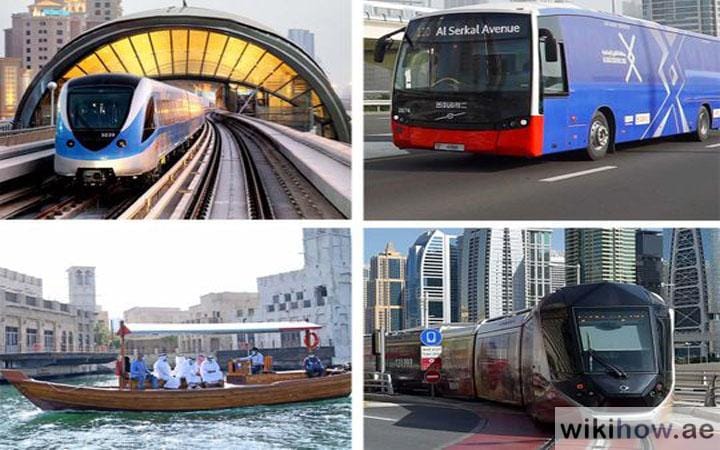
Evolution of Transportation in UAE
A journey from simplicity to world-class innovation is the story of transportation in the United Arab Emirates. What formerly depended on conventional means of transporting people and products has evolved into a highly developed, networked system that is on par with the best in the world. The change demonstrates how the UAE became a center of global connectivity through economic growth and visionary leadership.
Conventional Travel Methods Prior to the Discovery of Oil
Life in the Emirates was basic in the beginning and focused on surviving in the desert. Camels were known as “ships of the desert” because people used them extensively for lengthy desert travels. Dhows or wooden boats, were essential for fishing, pearl diving, and trade with nearby areas like East Africa, India, and Persia. In small villages and settlements, walking was the most popular daily mode of transportation. Travel was slow, restricted, and mostly reliant on the sea and desert roads.
Making the Switch to Modern Infrastructure
An important turning point in the history of the United Arab Emirates was the discovery of oil in the middle of the 20th century. The nation made significant infrastructure investments to accommodate the fast urban growth brought about by its newfound wealth. Multilane highways, contemporary ports and airports that linked the United Arab Emirates to the rest of the world took the place of desert roads. Later, the nation entered a new era of intelligent, effective and futuristic transportation systems thanks to initiatives like the Dubai Metro and the proposed Etihad Rail. In addition to economic advancement, this change reflects the UAE’s goal of becoming a leader in sustainable mobility and technology.
UAE Public Transportation
In the Middle East, the United Arab Emirates has built one of the most dependable and cutting-edge public transportation systems. Public transportation connects locals, foreigners, and visitors across cities and emirates in a seamless manner, easing traffic congestion, promoting sustainability, and offering affordable travel options. The UAE continues to set the standard for urban mobility with its top-tier metro systems, extensive bus networks and efficient ride-hailing services all contributing to a high quality of life in the Best Places to Live in UAE.
Dubai Metro: The Foundation of City Transportation
The Dubai Metro, which was introduced in 2009, is a representation of the UAE’s dedication to smart mobility and innovation. It is the foundation of Dubai’s public transportation system and is recognized as the longest driverless metro system in the world. The Red and Green Lines connect important hubs like Dubai Marina, Business Bay, Downtown Dubai, Deira and Dubai International Airport by spanning important districts.
The metro is a quick, economical and environmentally responsible substitute for driving for daily commuters. It also has a significant impact on tourism by providing easy access to destinations like Expo City, the Dubai Mall, and the Burj Khalifa. The Red Line’s extension to Expo 2020 is one of the ongoing expansion plans for the Dubai Metro, which continues to be a key component of the city’s transportation strategy.
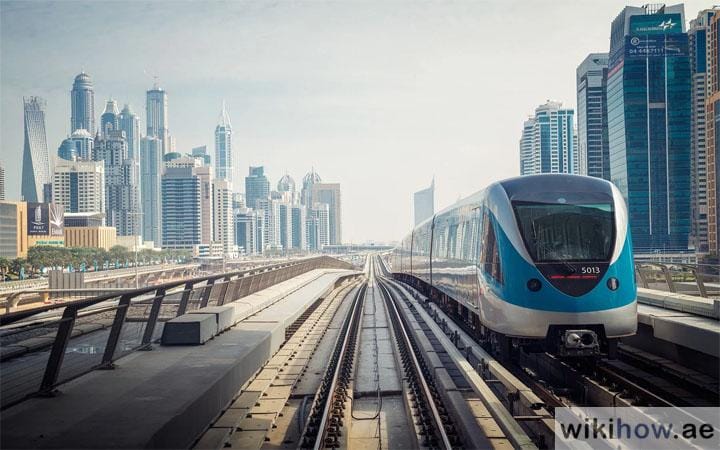
The Public Bus System in Abu Dhabi
The capital city and the suburbs are connected by Abu Dhabi’s extensive bus network. The network serves both daily commuters and tourists with air-conditioned buses, cutting-edge ticketing systems, and reasonably priced fares. Major districts, colleges, shopping centers, and even isolated towns in Al Ain and the Western Region are covered by the routes.
The buses are a sensible option for locals who don’t drive because of their comfortable design, which includes roomy seating and accessibility features. In order to guarantee complete coverage of the emirate and promote social inclusion and economic growth, Abu Dhabi’s Department of Transportation keeps growing its service offerings.
Bus Services Across the Emirates
The inter-emirate bus service, which links Dubai with Sharjah, Abu Dhabi, Ras Al Khaimah, Ajman, and Fujairah, is one of the most well-liked aspects of the UAE’s public transportation network. In addition to being affordable, these buses offer a dependable means of transportation between the emirates without the hassle of driving.
Some routes serve Sharjah and the northern emirates, while the E101 route, for instance, links Abu Dhabi’s central bus terminal with Dubai’s Ibn Battuta Station. These services are essential for the nation’s workforce and daily life since many commuters who live in one emirate but work in another use them extensively.
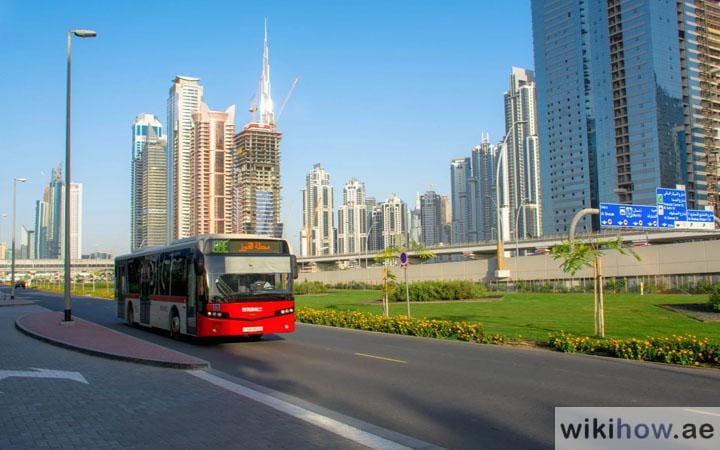
Taxis and Ride-Hailing Applications (Uber, Careem)
Taxis are still one of the most widely used forms of transportation in the United Arab Emirates, even with the expansion of buses and metro systems. Taxis are safe, metered and subject to local regulations, guaranteeing reasonable rates and courteous service. They are also available around-the-clock.
Additionally, because they allow users to conveniently book rides straight from their smartphones, ride-hailing apps like Uber and Careem have grown in popularity. These platforms accommodate a range of passenger needs by offering a variety of service options, from luxury cars to low-cost rides. Many people, particularly tourists, find that using ride-hailing apps is a familiar and simple way to get around UAE cities.
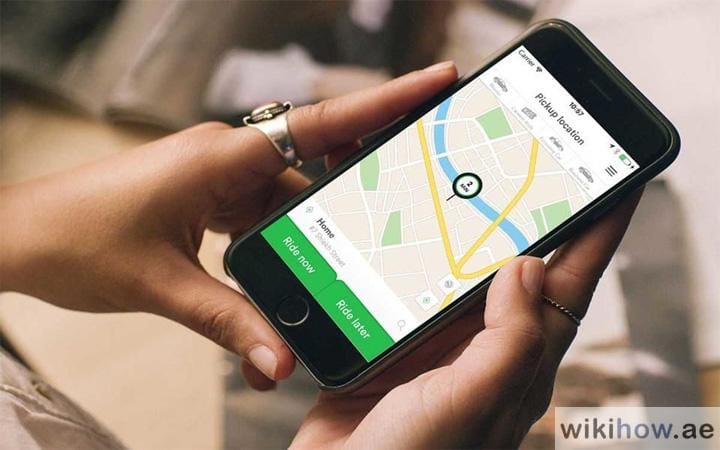
Air Transportation in UAE
The UAE is a global aviation powerhouse because air travel is one of its strongest connectivity pillars. The nation is home to two internationally recognized airlines: Etihad Airways, with its headquarters in Abu Dhabi, and Emirates Airline, with its base in Dubai. Together, they connect the United Arab Emirates to over 150 foreign locations, providing millions of passengers annually with state-of-the-art amenities and opulent experiences that set the standard for international air travel.
Supporting these airlines are world-class airports, with Dubai International Airport (DXB) recognized as the busiest airport for international passengers, Abu Dhabi International Airport (AUH) serving as a rapidly growing hub with state-of-the-art facilities, and Sharjah International Airport (SHJ) handling both passenger and cargo traffic efficiently. The UAE is a natural aviation crossroads, allowing businesses and travelers to connect easily across continents due to its advantageous geographic location sandwiched between Asia, Europe and Africa. The UAE is now not only a major travel destination but also a pioneer in influencing the direction of international aviation thanks to its robust infrastructure and astute investments.
Water and Marine Transportation
Because of the UAE’s longstanding ties to the sea, marine and water transportation are important to both daily mobility and international trade. By updating its water transportation services while preserving its cultural heritage, the UAE has effectively combined innovation and tradition. On the one hand, residents and visitors can take advantage of scenic and effective alternatives to driving by using water taxis and ferries. However, the nation’s ports have grown into international behemoths, managing millions of tons of cargo a year and contributing to the UAE’s standing as a major logistics hub. When combined, these systems not only facilitate easier travel within cities but also support the UAE’s economic expansion and leadership in global trade.
Ferries and Water Taxis in Dubai
Along Dubai Creek, the Canal, and Marina, the Dubai Roads and Transport Authority (RTA) runs water taxis, ferries, and abras, providing a distinctive travel experience that blends history with contemporary comfort. Abras are still a cheap and conventional way to cross the creek, but contemporary ferries and water taxis offer air conditioning, GPS and upscale amenities. They are particularly well-liked by travelers who prefer to avoid traffic and take in Dubai’s skyline from the water. In addition to promoting tourism, this network supports Dubai’s goal of developing multimodal, sustainable transportation systems.
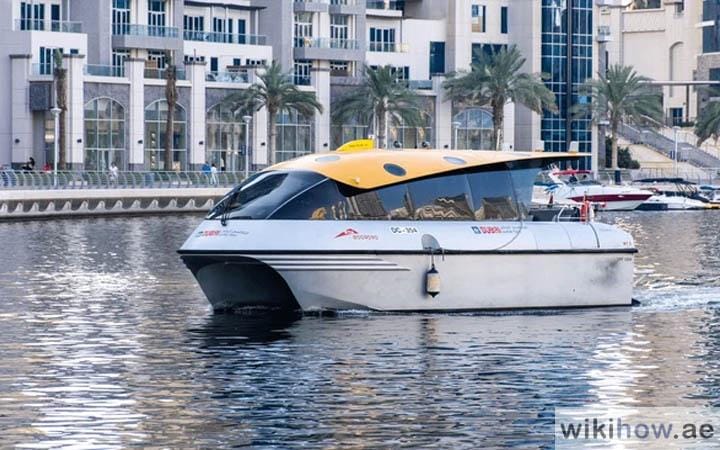
Trade Shipping and Ports
The UAE is a maritime powerhouse in international logistics, even outside of passenger travel. Dubai’s Jebel Ali Port is the biggest artificial harbor in the Middle East and is frequently rated as one of the world’s best container ports. It supports sectors from retail to energy and is an essential link for both regional and global trade. Other important ports that are essential to imports, exports and cruise tourism are Port Rashid in Dubai and Khalifa Port in Abu Dhabi. With its modern facilities, free zones and advanced technology, the UAE’s port sector has cemented the nation’s reputation as a global hub for shipping, trade, and logistics.
Future of Transportation in UAE
Bold technological, sustainable, and smart infrastructure initiatives are reshaping the UAE’s transportation landscape and establishing the nation as a global leader in mobility. Dubai has demonstrated its commitment to driverless cars driven by cutting-edge artificial intelligence by setting the ambitious goal of having 25% of all trips be driverless by 2030. Initiatives to test delivery drones, smart buses, and self-driving taxis that promise safer, quicker and more effective travel are already under way.
In addition, the UAE is making significant investments in smart city connectivity, where a smooth transportation ecosystem connecting air, sea, rail and roads will be created by integrating AI and IoT (Internet of Things). In addition to providing passengers with more convenience and individualized travel experiences, this interconnected network will enable real-time traffic management, lessen congestion and lessen its negative effects on the environment. By adopting these innovations, the UAE is redefining what global transportation will look like in the future in addition to meeting present mobility needs.
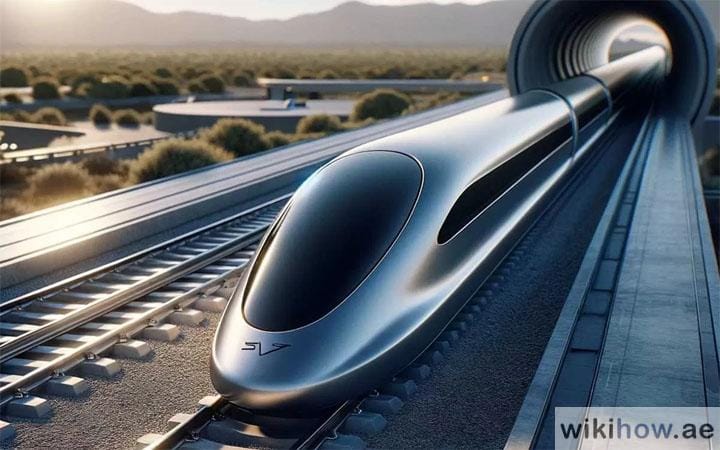
Conclusion
The UAE has become a global center for mobility thanks to its amazing transportation system, which combines innovation, tradition, and forward-thinking planning. The UAE has made remarkable strides in a short period of time, moving from the days of camels and wooden dhows to world-class highways, contemporary metro systems, intelligent water transportation, and cutting-edge airports. In addition to meeting the needs of millions of locals and visitors, its transportation system now promotes trade, economic expansion and sustainability.
The UAE is getting ready for a future where mobility will be more intelligent, environmentally friendly, and seamlessly connected with ambitious projects like the Etihad Rail, Hyperloop and driverless cars by 2030. This dedication guarantees that UAE transportation will continue to set the standard for creativity, effectiveness and forward-thinking worldwide.
From travel and transportation to lifestyle and innovation, WikiHow is dedicated to offering the most up-to-date and trustworthy information about the United Arab Emirates. Please feel free to leave your thoughts in the comments section if you need any clarification or if you have any questions. Our staff will be pleased to assist you with precise and up-to-date responses.
FAQs
1. What are the primary means of transportation in the United Arab Emirates?
Traveling is made simple and accessible by the UAE’s roads, highways, metro systems, public buses, taxis, ride-hailing applications, water taxis, ferries, ports and international airports.
2. Is Dubai Metro suitable for daily commuters and tourists?
Yes, the Dubai Metro is fast, affordable, eco-friendly and connects key areas like Dubai Marina, Business Bay, Downtown Dubai and the airport, making it ideal for both residents and tourists.
3. How do I travel between emirates in UAE?
You can travel by car or use inter-emirate bus services that connect Dubai, Abu Dhabi, Sharjah, Ras Al Khaimah and Fujairah. Future rail projects will make inter-emirate travel even more efficient.


